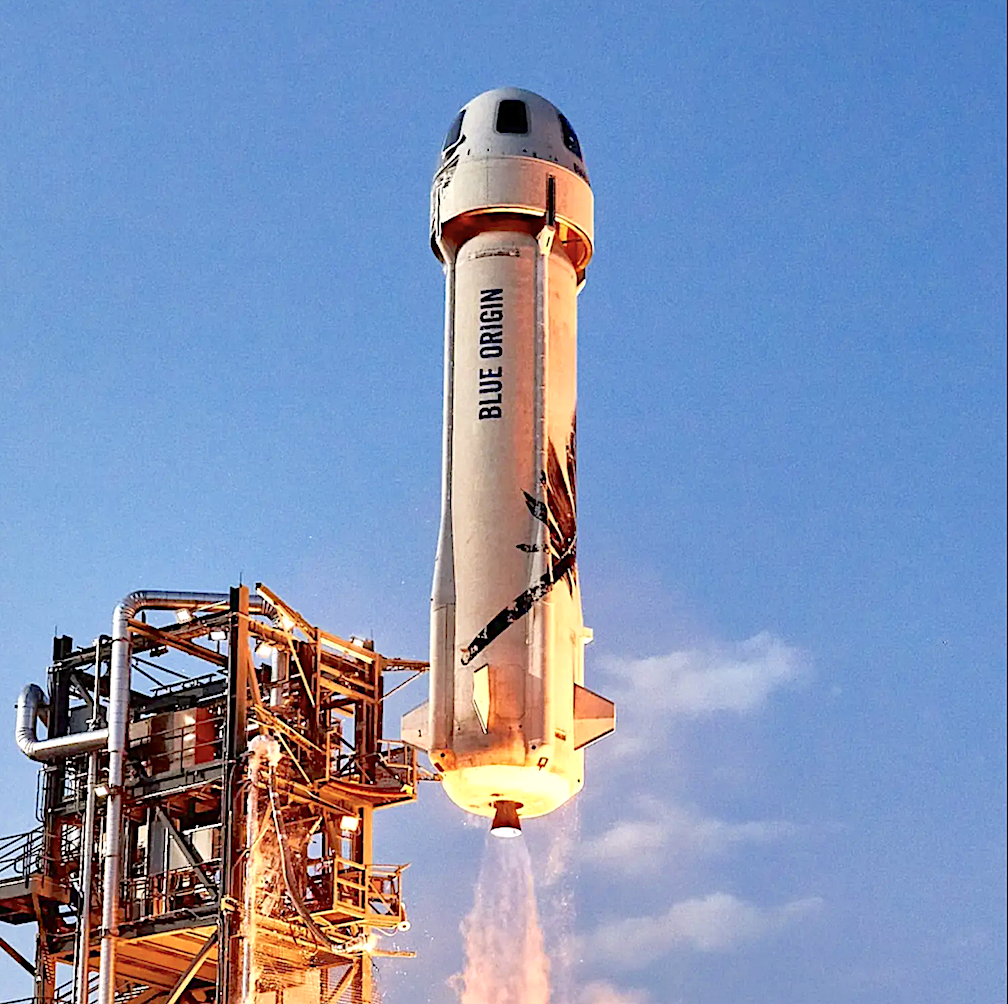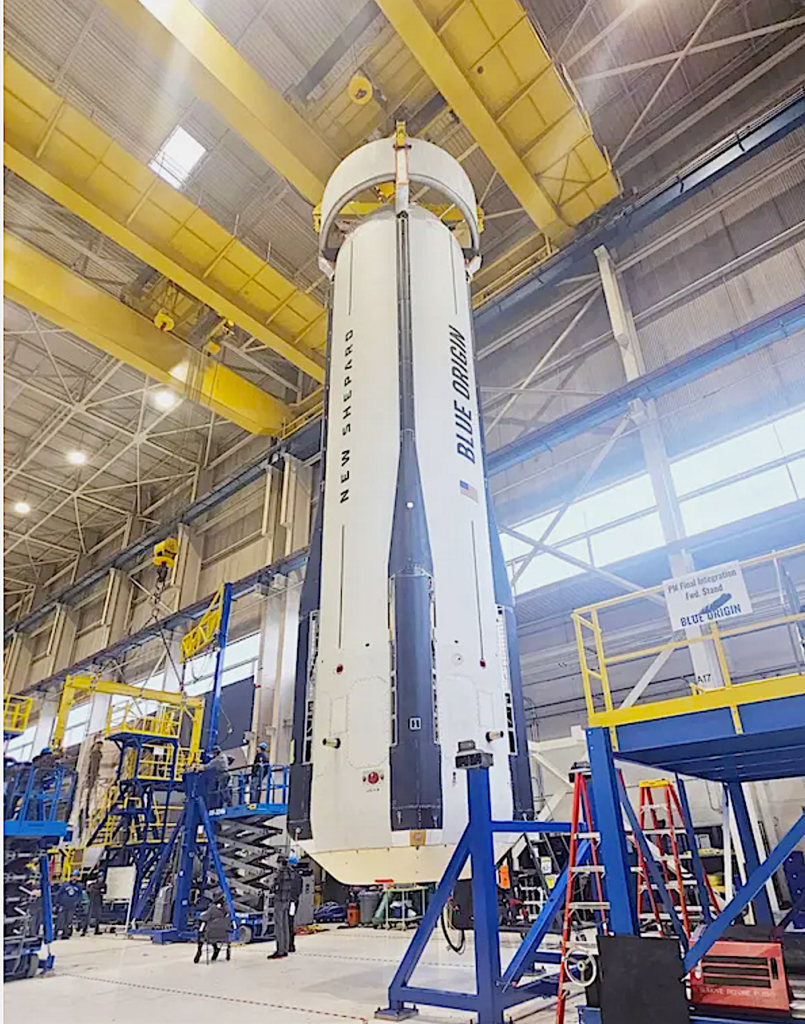
On Monday, October 7th, at 6:00 AM – 1:30 PM PDT, Blue Origin plans the launch of the twenty-seventh flight of New Shepard from West Texas Suborbital Launch Site/ Corn Ranch , which will be flying unmanned as a test for the newest booster. NS-27 will fly 12 payloads—five on the booster and seven inside the crew capsule.
NS-27 will mark the debut of the second human-rated New Shepard vehicle, which consists of a first stage known as Booster 5 and a crew capsule named RSS Kármán Line. (The Kármán line is the 62-mile-high boundary that many people regard as the start of outer space.)
The new crew capsule is named RSS Kármán line. The vehicle features technology upgrades to improve the vehicle’s performance and reusability, an updated livery, and accommodations for payloads on the booster.
West Texas Suborbital Launch Site/ Corn Ranch has witnessed the launch of 26 rockets, including 0 orbital launch attempts, while Corn Ranch, Van Horn, Texas, has been the site for 26 rocket launches.
‘The forecast calls for a temperature of 64°F, clear skies, 0% cloud cover and a wind speed of 3mph.
Blue Origin Debuts Second Human-Rated New Shepard Rocket To Meet Demand
Blue Origin’s next New Shepard flight, NS-27, will debut our second human-rated vehicle, enabling expanded flight capacity to better meet growing customer demand. The launch window for the uncrewed verification flight opens on Monday, October 7, at 8:00 AM CDT / 1300 UTC. The webcast will begin 15 minutes before liftoff on BlueOrigin.com.
The new crew capsule is named RSS Kármán Line. The vehicle features technology upgrades to improve the vehicle’s performance and reusability, an updated livery, and accommodations for payloads on the booster. New Shepard remains one of the most sustainable rockets ever to fly to space. Nearly 99% of New Shepard’s dry mass is reused, including the booster, capsule, engine, landing gear, and parachutes.

NS-27 will fly 12 payloads — five on the booster and seven inside the crew capsule. Payloads include new navigation systems developed for New Shepard and New Glenn; two different LIDAR sensors for the Lunar Permanence program; ultra-wideband proximity operations sensors flying as part of a NASA TechFlights grant with Blue Origin’s Space Systems Development group; and a commercial payload that is a reproduction of black monoliths from 2001: A Space Odyssey. The monoliths are flying on behalf of Spacemanic for a special edition printed by Croatian publisher Amaranthine Books.
The mission will also carry tens of thousands of student-designed postcards on behalf of Club for the Future, Blue Origin’s STEAM-focused nonprofit whose mission is to inspire and mobilize future generations to pursue careers in science, technology, engineering, arts, and math. The organization has engaged more than 43 million students globally since its founding in 2019.
